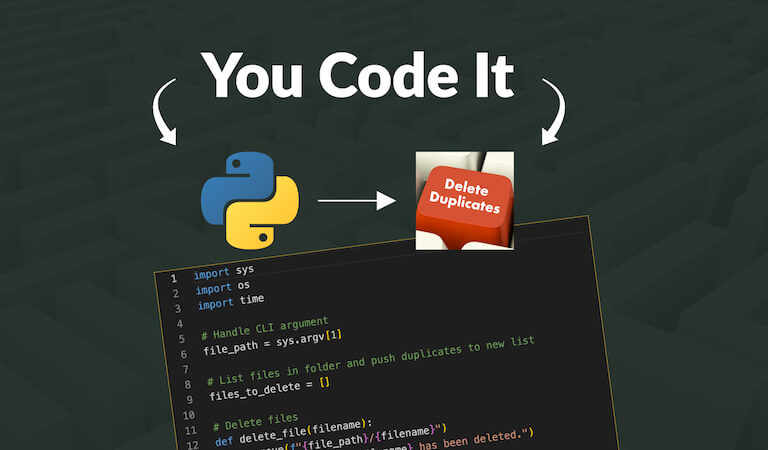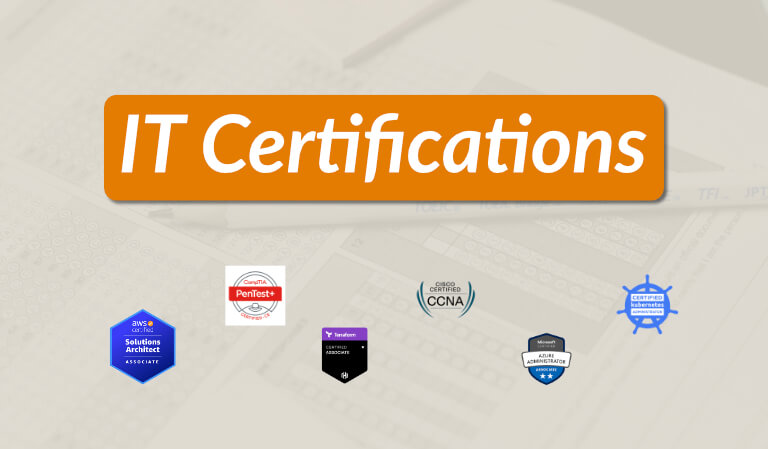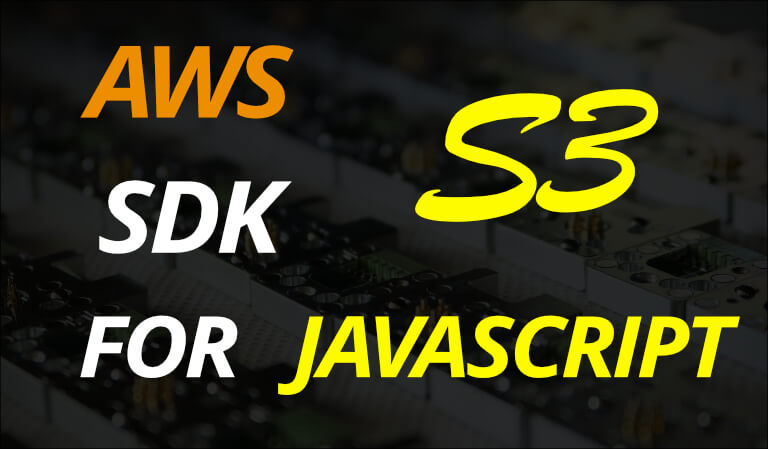DynamoDB Crud Examples With Boto3 and Python
If you didn’t know, DynamoDB is a fully-managed, NoSQL database found in AWS Cloud environments. But I assume you know all about it if you’re reading this article, so I’ll move on.
Environment Setup
Let’s create a new directory, cd into it and create a main.py file. We’ll also create a virtual environment and activate it:
mkdir aws-dynamodb-test
cd aws-dynaomdb-test
touch main.py
python3 -m venv venv
source venv/bin/activateNext, we’ll pip install boto3 which is the AWS Python SDK.
pip install boto3In your main.py file, go ahead and import boto3 and set the tableName variable to your dynamodb table name. In our case, it will be users
import boto3
tableName = 'users'And create the dynamodb resource:
dynamodb = boto3.resource('dynamodb', region_name='us-east-1')
db = dynamodb.Table(tableName)Next, be sure you’ve authenticated with AWS via the CLI. If you don’t have it, download it and run aws configure and enter your account’s programmatic key and secret.
Create Table
In our table, we’ll make the user’s last name the primary key and their age the sort key (range). Having both of these allow us to have primary keys of the same name but queryable by age. Without a range, primary keys must be unique.
table = dynamodb.create_table(
TableName=tableName,
KeySchema=[
{
'AttributeName': 'last_name',
'KeyType': 'HASH'
},
{
'AttributeName': 'age',
'KeyType': 'RANGE'
},
],
AttributeDefinitions=[
{
'AttributeName': 'last_name',
'AttributeType': 'S'
},
{
'AttributeName': 'age',
'AttributeType': 'N'
},
],
ProvisionedThroughput={
'ReadCapacityUnits': 5,
'WriteCapacityUnits': 5
}
)Put Item
Now let’s add three users to our table:
item1 = db.put_item(
Item={
'last_name': 'Johnson',
'first_name': 'Benjamin',
'age': 28,
'id': 49387266
}
)
print(item1)
item2 = db.put_item(
Item={
'last_name': 'Jones',
'first_name': 'Mary',
'age': 42,
'id': 49387267
}
)
print(item2)
item3 = db.put_item(
Item={
'last_name': 'Johnson',
'first_name': 'Joe',
'age': 33,
'id': 49387268
}
)
print(item3)Create Item
The Put command above actually creates a new item if it doesn’t exist and updates it if it does. So we’ll move on.
Get Item
Since we have a primary key AND range we have to specify both to get an item.
user = db.get_item(
Key={
'last_name': 'Johnson',
'age': 28
}
)
print(user['Item'])Get All Items (Scan)
To get all items we use:
allUsers = db.scan()
print(allUsers)Thinking of getting AWS certified this year? Here are the exact tools and steps you need to take:
Query Items
You can use the scan method to query items like so:
#Get all users with last name of Johnson
johnsons = db.scan(
FilterExpression=Key('last_name').eq("Johnson")
)
print(johnsons)
#Get all users over the age of 30
overThirty = db.scan(
FilterExpression=Key('age').gt(30)
)
print(overThirty['Items'])But scan operations are less efficient. It always scans the entire table AND then filters out values that you want (extra step).
Query cuts that last step out.
Using the query method REQUIRES the primary key to be passed.
In this example, we want all users with the last name of Johnson that fall in the age range of 30-40. Note the ProjectExpression allows us to choose what fields we return. In this case, we’ll return all.
middleAges = db.query(
ProjectionExpression="last_name, first_name, age, id",
KeyConditionExpression=
Key('last_name').eq('Johnson') & Key('age').between(30,40)
)
print(middleAges['Items'])Delete Items
And finally, to delete items:
goodbyeJohnson = db.delete_item(
Key={
'last_name': 'Johnson',
'age': 33
}
)Conclusion
I hope these DynamoDB CRUD examples were helpful. Let me know of any questions below.
----------
** This article may contain affiliate links. Please read the affiliate disclaimer for more details.







